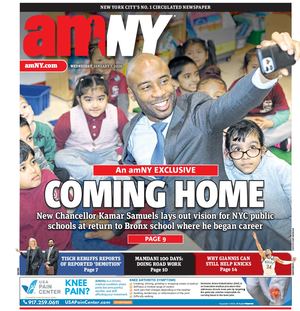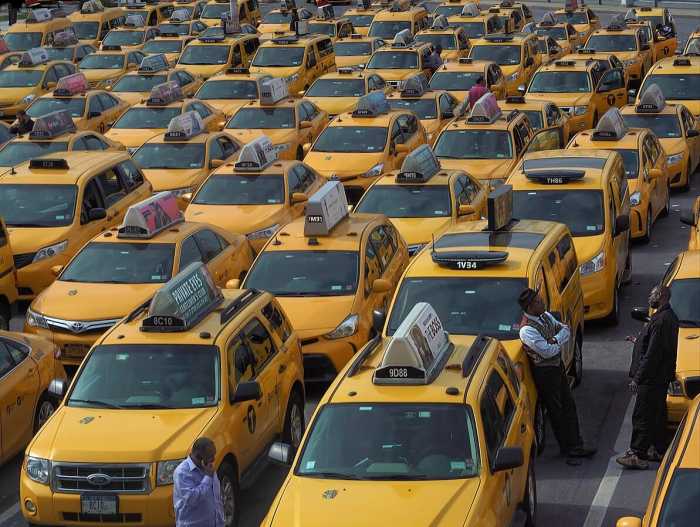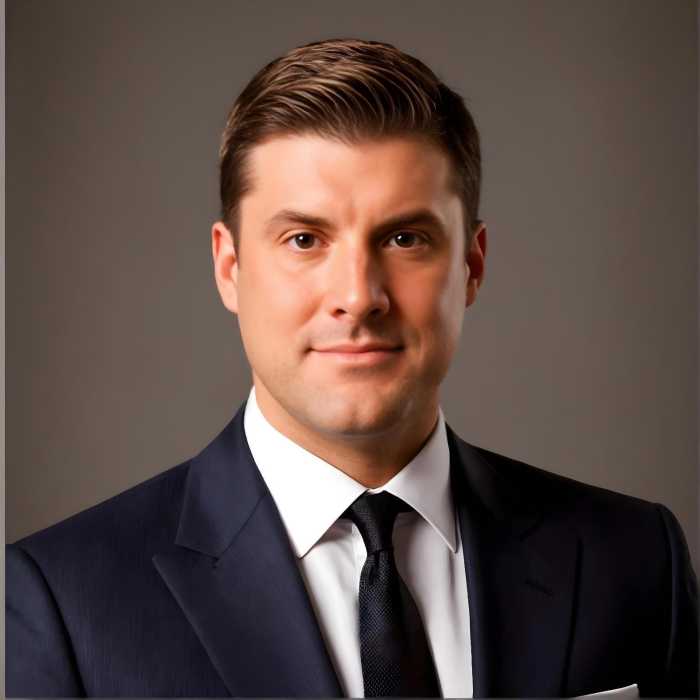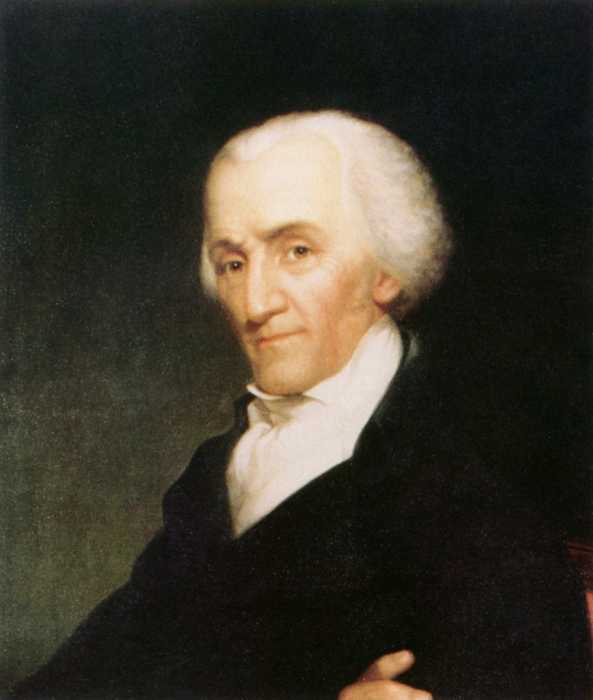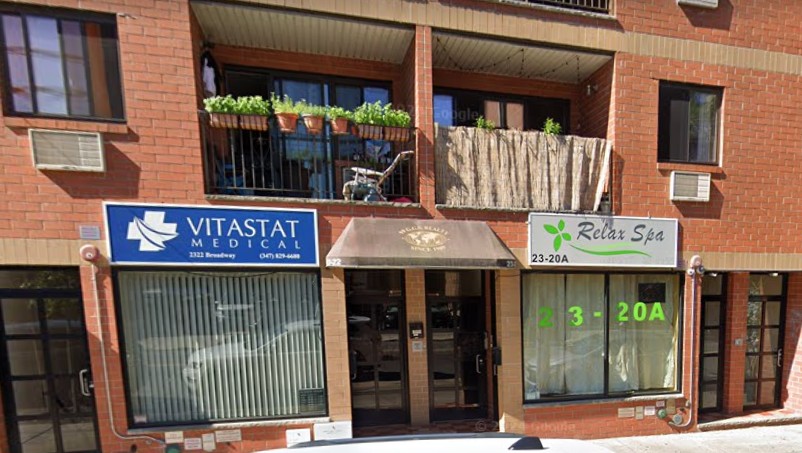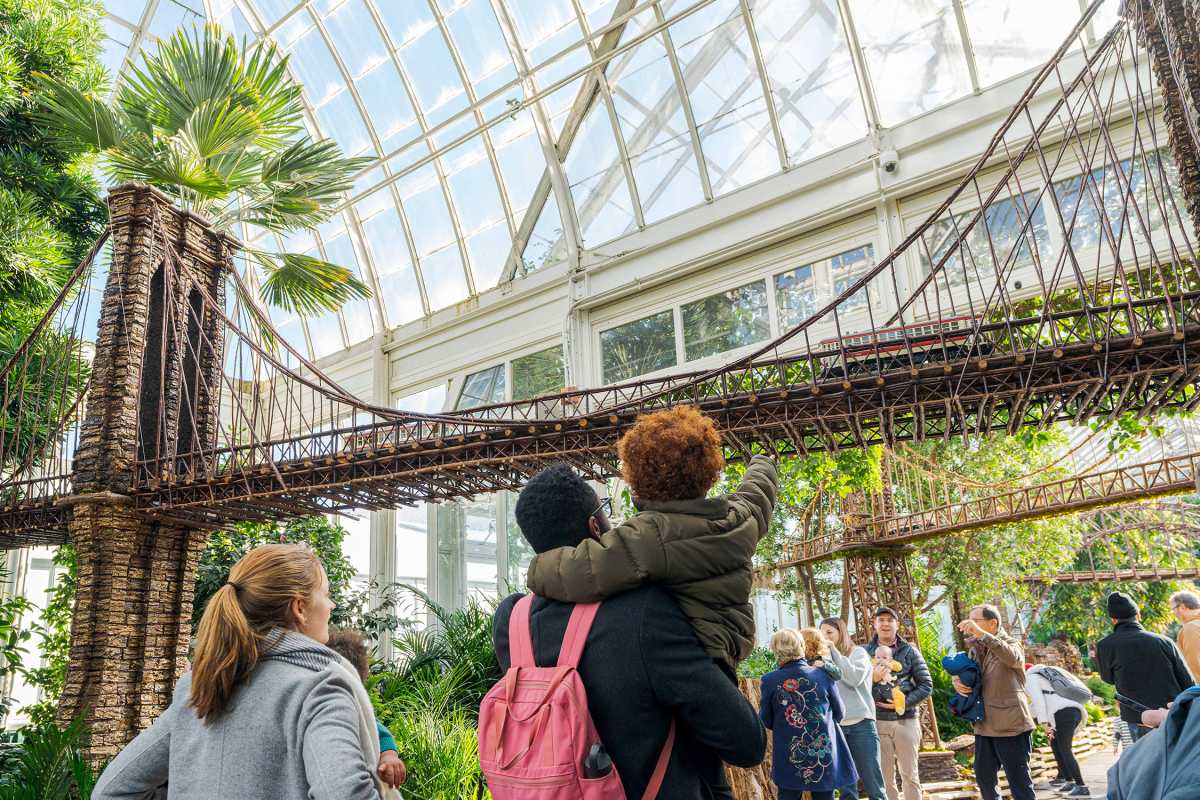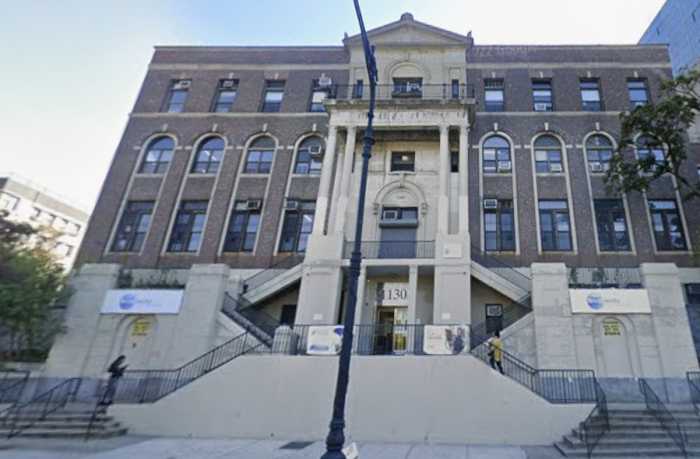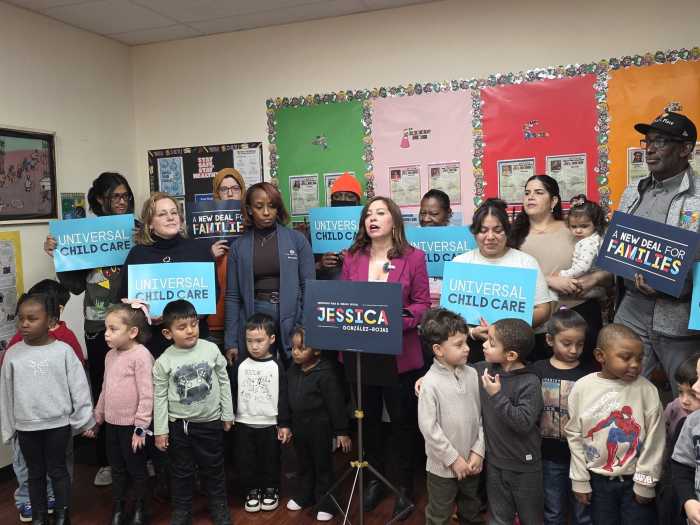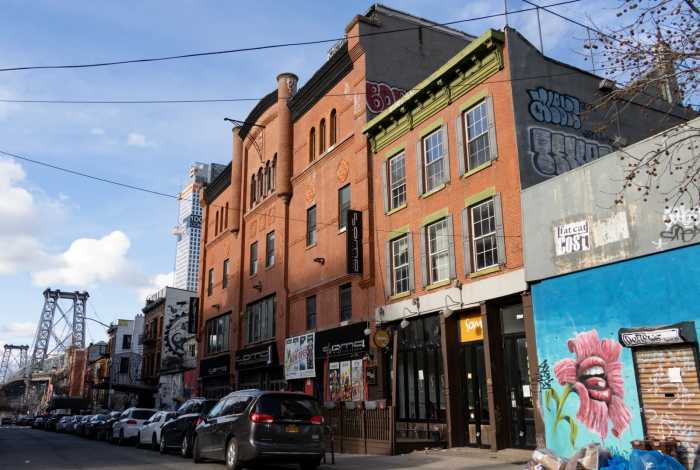Manhattan’s Highbridge Park, overlooking the Bronx, has a history of decay and disinvestment — exemplified by the pedestrian bridge spanning the Harlem River, from which the park gets its name.
Completed in 1848, the structure was originally an aqueduct carrying water to the city, later used as a footpath. But it closed to pedestrians during the 1970s and remained so until 2015.
“It was horrible,” says Dariel Ramos, 20, who remembers going for runs past the bridge when it was grimly shut off with wire gates. After Superstorm Sandy, “you could see the holes” on the span. Even daredevils wouldn’t hop the fence.
A citizen campaign led to investment by the Bloomberg administration in 2012; the bridge finally reopened in June 2015.
Last week, Mayor Bill de Blasio made his own investment in Highbridge, part of a major parks initiative to provide five “anchor parks” in historically underfunded areas $30 million each.
Central Park isn’t the only green space in the city
When de Blasio ran for mayor, he endorsed a plan to force the private conservancies that maintain crown jewel parks like Central and Prospect to share money with needier parks. That ran into hefty opposition, and the idea stalled.
Last week’s announcement is a small step toward the park equity that candidate de Blasio talked about. The five parks receiving extra funding were chosen for their historical underinvestment, proximity to dense areas and potential for development.
Highbridge, which sprawls from 155th Street to Dyckman Street, has had a history of underinvestment but also moments of support — Mayor Fiorello LaGuardia built a giant swimming pool in the shadow of the old iconic water tower after the Depression. Bloomberg funding eventually repaired the bridge.
Today, the now-pristine bridge provides an easy connection between boroughs, a picturesque alternative to the bus for Bronx residents heading to the A train. The pool is still popular, and some park benches feature solar powered cellphone chargers, part of a pilot project to track Wi-Fi enabled phones to gather data on park usage.
But residents and advocates say the park can still use help.
De Blasio’s latest investment was a pleasant surprise, says Gary Dearborn, vice president for capital projects at the New York Restoration Project, a nonprofit that manages the northern section of the park. The money could likely be used to repair the crumbling Grand Staircase leading down to the Harlem River, a long-standing request of NYRP, Dearborn said. (A Parks Department spokeswoman says the agency will be seeking community input before allocating the funding).
Otherwise, perhaps efficient ways to cross over to the now-ghostly Harlem River esplanade, which would “start to make the park whole again,” Dearborn suggested. He acknowledged that it wouldn’t be easy, but pointed to the West Side Highway greenery as an example of what could be done with money and political will.
Both of those have often been missing from far-flung parks, too far to be tourist attractions and not necessarily protected by organized constituencies but just as vital to everyday New Yorkers.
Restoring the beauty of the park
Highbridge is a mixed bag: including the bridge with stunning views and some well-maintained facilities, but also the shuttered Water Tower, an edifice dedicated in 1872 that should be a shining tourist attraction on its own.
There are overgrown sections and closed pathways on the hill sloping down to the river. Rashad Wilson, 34, born and raised on the edge of the park, calls them “the back.”
Some of those hillside sections were essentially dumping grounds in the park’s worse days. Some are still overgrown and collectors for litter today.
Wilson thought some funding might be used for park programs that would both employ residents and clean up the park — picking up trash, shoveling snow on the windy bridge in the winter.
He said that most residents just “make the best” of the park, good or bad. He posited that was why it sometimes showed wear and tear, as compared to places where more community pressure was levied.
“You look at Fort Tryon Park, that park is immaculate,” Wilson said.
With more attention, maybe Highbridge would improve. “There’s a lot of beauty in the back that nobody can see,” Wilson said.
